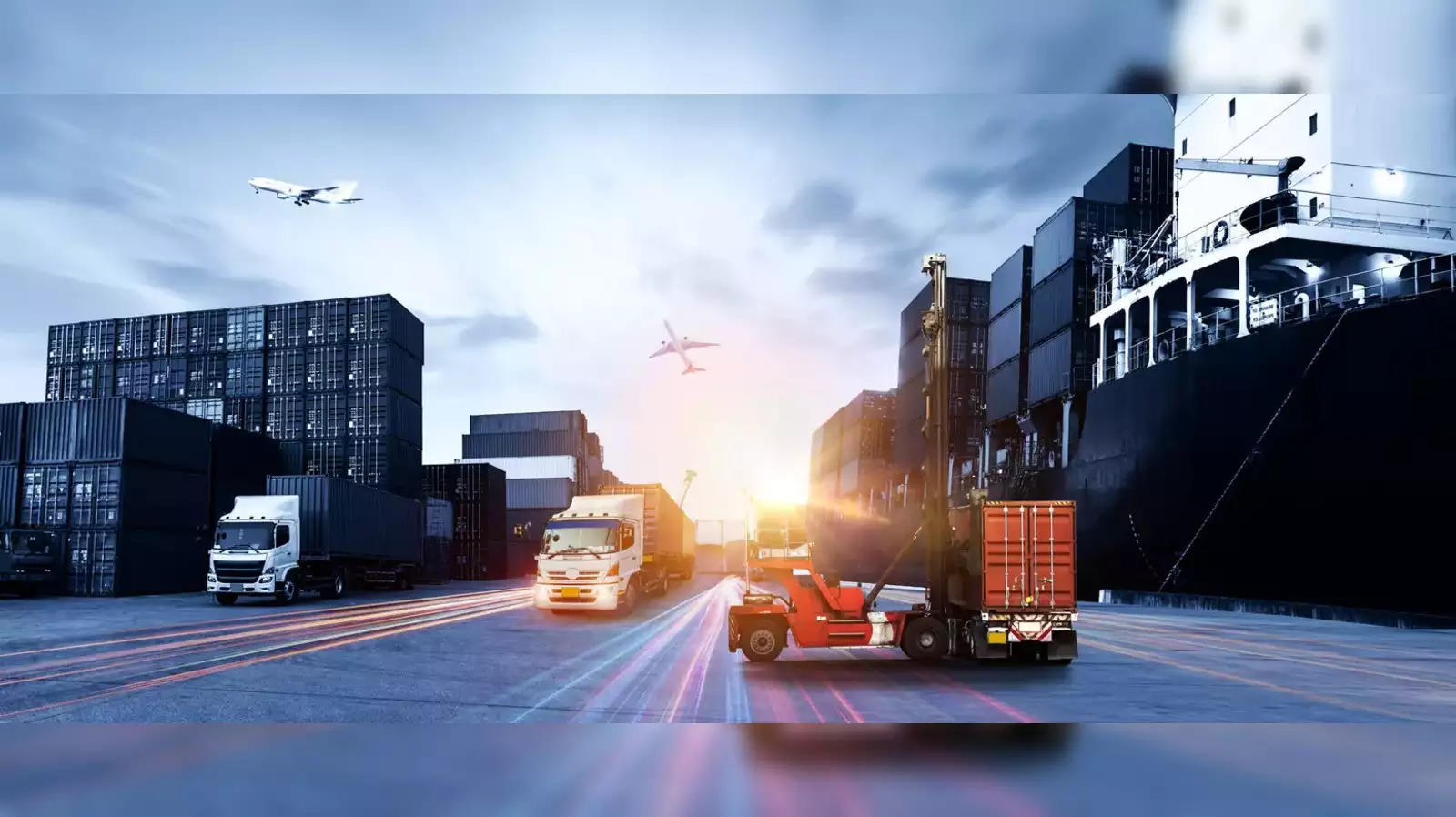
The Indian logistics industry is facing a severe shortage of long-haul truck drivers with many leaving the profession, and several youngsters not wanting to steer a truck.
The truck to driver ratio has fallen to an abysmally low level of about 55:100 vis-à-vis 75:100 a few years ago, according to fleet operators and industry associations.
Low pay scales, harassment by highway authorities and cops, adverse weather conditions, risk of accidents, lack of benefits at work, lack of hygienic restrooms and night parking facilities are some of the reasons for high attrition that is also dissuading many from the new generation to join the profession.
That apart, a sheer lack of respect for the profession, long stays away from home, and less strenuous job options such as cab driving are also reasons that many drivers – majority from Tier 2 and 3 cities – do not want to drive heavy trucks.
“There are about 60 lakh trucks actively being plied on Indian roads. The number of drivers though is roughly about 36 lakhs. The ratio of trucks to drivers is 1:0.6 now,” said Balasubramanian A, vice president, TeamLease Services. The ratio was about 1:1.3 in the 80s and 90s. “There are at least 20 lakh trucks that are not being actively used owing to driver shortage,” he said.
“Truck drivers spend nearly 20-25 days away from home in a month. Their working conditions are not good and more than 50% of them develop some medical condition or the other,” he added. “They don’t get paid well either. Most truck drivers do not want their children to become truck drivers,” said Balasubramanian.
Truck drivers’ average salary is about INR 20,000-25,000 a month. In comparison, city cab drivers – less strenuous in comparison – earn anywhere between INR 20,000-30,000.
The crisis has accentuated further in the last 2-3 months due to the extreme summer with many drivers falling sick or not reporting to duty, said industry officials.
“Driver shortage has been a concern, especially this year due to the extreme weather conditions,” said Abhishek Gupta, General Secretary- All India Transporters Welfare Association.
“Most of the regions have reported that drivers are either going to their villages for weddings or voting due to which a larger number of vehicles are lying idle,” he added. The shortage is more acute for the medium and heavy truck segment, said Gupta.
Industry officials said lack of infrastructure on highways for proper rest, sanitation, food and parking, and constant fear of cargo, trucks and lives are major challenges truckers face.
“One of the major reasons keeping the new generation away from the profession is there is a lack of respect given to these people,” said Nitin Sharma, CEO at Road Pilot Technologies, a mobile app platform that connects fleet owners, truck drivers, dhaba operators, mechanics, and crane operators.
“Low wages, lack of resting facilities and harassment by officials on the highway are a regular feature,” he added. “About 60-70% of the drivers start having back pain and cervical problems by 40-42 years of age,” he added. “Also, there is hardly any personal life as they are away from home sometimes for months,” he said. Majority of them also suffer from lack of sleep and mental stress.
Industry officials said while the government is unveiling measures to improve highway infrastructure such as plans to build 1,000 truck pitstops in the next few years and mandatory AC cabins in trucks from end 2025, the day-to-day challenges that truckers face poses a big demand supply crisis for the logistics sector.
“Fleet operators too have not been expanding their fleet,” said Bal Malkit Singh of Bal Roadlines and former president, All India Motor Transport Congress (AIMTC). “The driver-cum-owners of trucks tend to stick on longer on the job. Most of the new generation want to stay away. Instead, young drivers prefer to drive Ola or Uber,” added Singh.
“And with the increasing sales of commercial vehicles and reducing number of drivers, we are expecting more vehicles to become idle,” said Gupta of AITWA.
“With the huge excess capacity of trucks, the impact on the supply chain has been minimal because these fleet operators are willing to operate at wafer thin margins , below their operating cost,” said Girish Mirchandani, an industry expert.
















